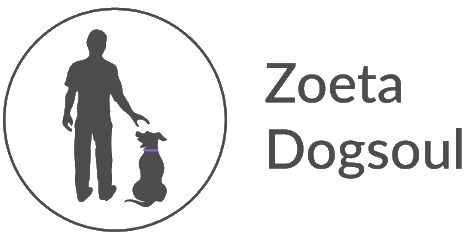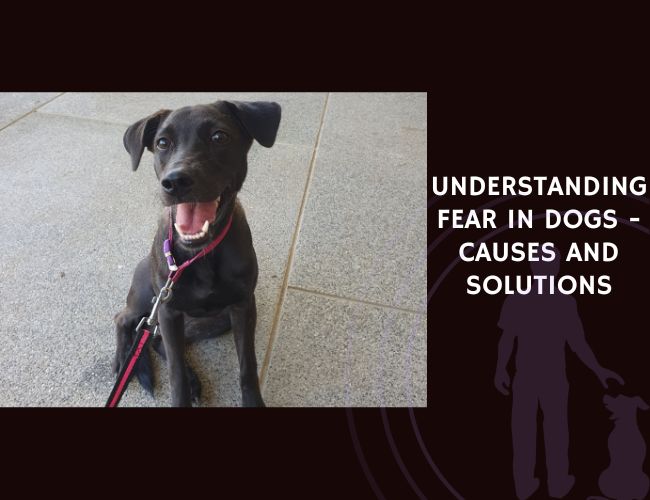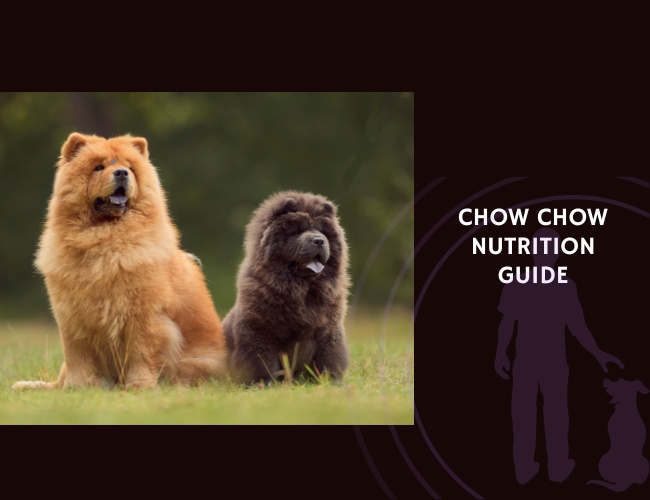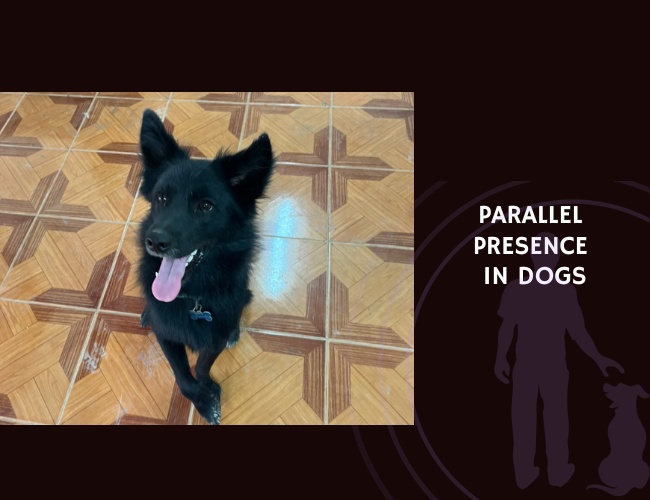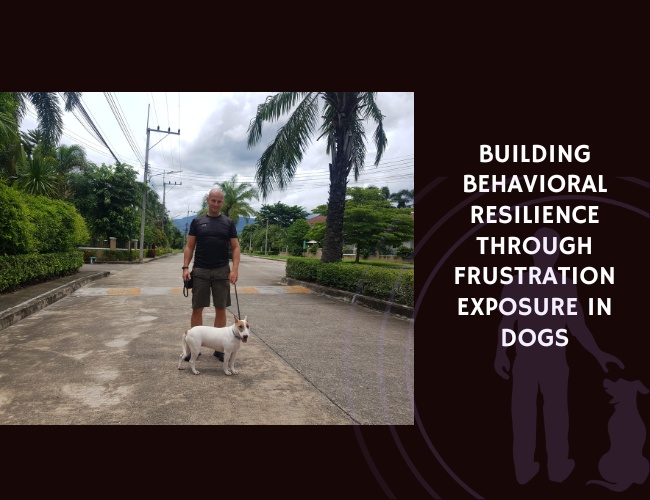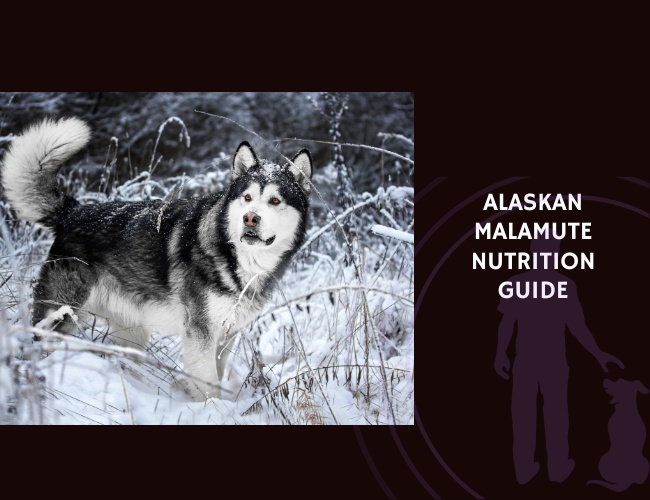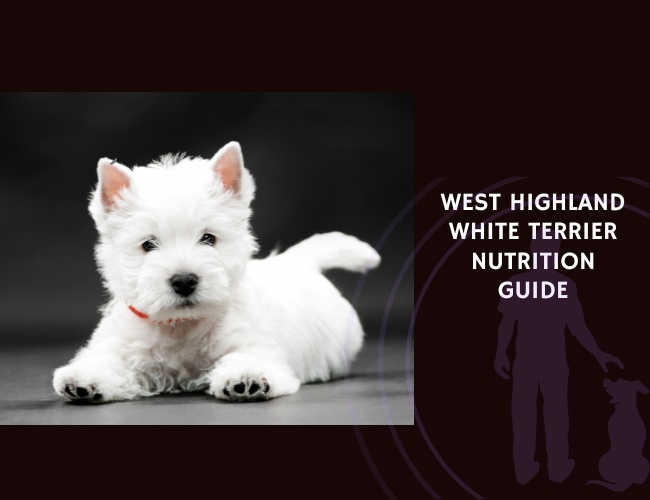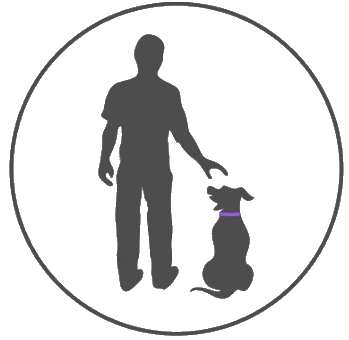Introduction to Canine Fear and Anxiety
Understanding the emotional states of our canine companions is crucial to ensuring their well-being. Fear and anxiety in dogs can present themselves in various ways, from the obvious signs such as hiding and trembling to more subtle indications like aggression. These behaviors are not just passing phases; they reflect a deeper state of distress that our furry friends experience.
It’s startling yet important to acknowledge that anxiety issues are prevalent among dogs. In fact, studies suggest that around 20% of dogs with behavior problems exhibit signs of anxiety. This statistic alone underscores the necessity of recognizing and addressing anxiety in dogs not as an uncommon anomaly but as a fairly common challenge for pet owners.
The complexity of fear responses in dogs is something that cannot be overstated. This emotional response can be triggered by a multitude of factors, both internal and external, and can vary greatly from one dog to another. Understanding these fear responses is the first step towards effectively managing them, ensuring our dogs lead happier, healthier lives and reducing their stress levels. Some common fear responses in dogs include trembling, panting, hiding or seeking shelter, excessive barking or growling, aggression, destructive behavior, and attempting to escape.
It is important to note that fear responses can be triggered by various factors such as loud noises, unfamiliar people or animals, certain objects or situations, and past traumatic experiences. Each dog may have different triggers and react differently to them.
To effectively manage fear responses in dogs, it is crucial to create a safe and secure environment for them. This can involve providing a designated space where they can retreat to when feeling anxious or scared, ensuring they have access to their favorite toys or blankets, and avoiding exposing them to known triggers whenever possible.
Gradual desensitization and counterconditioning techniques can also be helpful in reducing fear responses. This involves slowly introducing the dog to the trigger in a controlled and positive manner, rewarding them for calm behavior, and gradually increasing their exposure over time.
Seeking professional help from a certified dog trainer or behaviorist can be beneficial in developing a comprehensive management plan for your dog’s fear responses. They can provide guidance on specific training techniques and strategies tailored to your dog’s individual needs.
Additionally, ensuring your dog receives regular exercise, mental stimulation, and a balanced diet can contribute to their overall well-being and help reduce anxiety and fear. Providing them with a consistent routine and structure can also give them a sense of security.
Remember that every dog is unique, and what works for one may not work for another. Patience, understanding, and a compassionate approach are key in helping our dogs overcome their fears and live happier lives.
Common Triggers of Canine Fear
Imagine a peaceful day suddenly shattered by the roar of thunder; it’s startling enough for us, but for dogs, such abrupt loud noises can be downright terrifying. This scenario illustrates one of the most common fear triggers in our canine companions. But what exactly sparks fear in dogs?
Sudden Loud Noises and Urban Menaces
Many dogs exhibit signs of distress when faced with sudden loud noises, which could range from fireworks to thunderstorms, or even the clatter of a dropped pan. Traffic noise, another frequent offender, encapsulates the cacophony of the urban environment—honking cars, screeching brakes, and the rumble of large trucks. It’s not just the noise but also the unpredictability and lack of control over these sounds that contribute to a dog’s anxiety.
Strangers and Other Dogs
Strange people and unfamiliar dogs can also be significant sources of stress. These fears are likely rooted in a dog’s instinctual understanding of territory and social structure. A new person or animal can represent an unknown threat, triggering a defensive response. The presence of strangers or other dogs can evoke a spectrum of reactions, from wary withdrawal to outright aggression.
Unusual and Less Obvious Triggers
Beyond the obvious triggers are the less apparent ones that might seem puzzling to us. Consider a dog that appears afraid of the open sky. To their owner, this fear may seem unfounded, but for the dog, there could be an association with a negative experience, or it could stem from an ingrained survival instinct. Such unusual triggers emphasize the need for owners to become astute observers, piecing together their pet’s history and behavior to identify specific fears.
Individual Differences in Fear Responses
It’s crucial to acknowledge that each dog is unique, with its own set of experiences shaping how it perceives the world. What terrifies one dog may have no effect on another. This individual variance in fear responses requires a tailored approach to identify and manage each dog’s specific fears effectively. Recognizing these differences is the first step towards helping our furry friends live happier, less fearful lives.
The Role of Genetics and Experience in Canine Fear
Delving into the factors that influence a dog’s susceptibility to anxiety, we encounter a complex interplay between genetics and experience. Just like humans, dogs come with their own set of inherited characteristics, some of which may predispose them to feelings of fear and anxiety. Interestingly, evidence suggests that anxious behaviors can be observed in puppies, hinting at a genetic component to these traits. For example, certain breeds of dogs, such as the Border Collie and the German Shepherd, have been found to be more prone to anxiety compared to other breeds.
Genetics play a role in shaping a dog’s temperament and behavior because they determine the dog’s brain chemistry and how it processes fear and stress. Certain genes may be responsible for regulating neurotransmitters like serotonin or dopamine, which are involved in mood regulation. Variations in these genes can affect how a dog responds to stressful situations and predispose them to anxiety.
Additionally, dogs may inherit certain physiological traits that make them more vulnerable to anxiety. For instance, some dogs may have a more sensitive nervous system, making them more reactive to stimuli and prone to feeling anxious.
However, genetics alone cannot explain the full picture. Experience and environment also play a crucial role. Early life experiences, socialization, and training can significantly influence a dog’s ability to cope with stress and develop resilience. Dogs that have had traumatic experiences or lack proper socialization are more likely to exhibit anxious behaviors later in life.
Furthermore, the human-animal bond and the owner’s behavior can contribute to a dog’s anxiety. Dogs are highly perceptive of their owners’ emotions and can pick up on their stress or anxiety. If an owner is consistently anxious or fearful, it can impact the dog’s own emotional state and make them more susceptible to anxiety.
In conclusion, a dog’s susceptibility to anxiety is influenced by a combination of genetic factors and their experiences. While genetics may predispose certain breeds or individuals to anxiety, it is important to provide a supportive and nurturing environment, proper socialization, and training to help dogs develop coping mechanisms and reduce anxiety.
Genetic Predispositions
Research has shown that certain breeds may be more prone to developing anxiety disorders, suggesting that genetics play a role in determining a dog’s temperament. For instance, herding breeds such as German Shepherds and Border Collies often display higher levels of vigilance and reactivity, which could translate into anxiety when not managed properly. However, it’s crucial to recognize that while genetics may lay the groundwork for potential anxiety, they are not the sole factor in a dog’s emotional development.
Early Life Experiences
The importance of early life experiences in shaping a dog’s future behavior cannot be overstressed. The period between the 3rd and 12th week of life is particularly critical for puppies to be exposed to various stimuli and social interactions. This is the time when they learn about the world and how to react to different situations. A lack of positive experiences during this socialization window can lead to a greater likelihood of fearfulness later on. It’s akin to building a foundation for a house; if the base isn’t solid, the structure is more vulnerable to issues down the line.
Impact of Negative Experiences Later in Life
Negative experiences later in life can also significantly contribute to the development of anxiety problems in dogs. Traumatic events, such as being involved in a car accident or suffering an attack by another animal, can leave lasting effects on a dog’s psyche. Similarly, repeated negative encounters, such as harsh punishments or exposure to loud noises, can incrementally build up a dog’s anxiety level. Each adverse experience can erode the dog’s confidence and sense of security, potentially leading to a state of chronic fearfulness.
In understanding the complex nature of canine fear, it’s evident that genetics set the stage, but experiences direct the play. By recognizing the roles both play in a dog’s life, we can tailor our approaches to managing their fears more effectively, ensuring they lead happier and more secure lives.
Approaches to Managing Fear in Dogs
When it comes to our canine companions, managing fear is not about waving a magic wand and making it disappear. It’s about addressing the root of the problem and finding ways to help our furry friends cope with their fears. The key is understanding that complete eradication of fear is rarely possible or, for that matter, necessary. Instead, we focus on managing the response to fear-inducing situations.
Let’s delve into the concept of positive reinforcement. This widely embraced technique involves rewarding desired behaviors, encouraging dogs to repeat these actions. In the realm of canine anxiety, this means creating positive associations with things that may have previously sparked fear. For instance, if your dog cowers at the sound of thunder, offering them a treat or their favorite toy during a storm can help build new, positive connections. Over time, the hope is that the fear will lessen as the dog learns to anticipate something good instead of something frightening.
Positive Reinforcement Strategies
The “Jolly routine” is one such strategy where an approaching person or cyclist, which might typically send a dog into a state of alarm, becomes an opportunity for fun. Instead of becoming anxious, the dog is encouraged to engage in playful activities that are naturally enjoyable, such as fetching a ball or going for a walk. By clapping hands, bouncing a ball, or using a cheerful tone of voice, the owner redirects the dog’s attention from fear to excitement and joy.
Understanding when to implement these strategies is crucial. They are most effective when introduced before the dog reacts fearfully, as a preventive measure rather than a reaction to the fear itself. As such, pet owners need to be observant and anticipate situations that may cause their pets distress, so they can intervene at the optimal moment.
Methods like desensitization, which involves exposing the dog to the fear trigger in a controlled way, and counterconditioning, where the dog’s emotional response to the trigger is changed, are part of their toolkit.
Desensitization might involve gradually introducing a dog to the sounds of traffic from a distance where it does not provoke fear, slowly reducing that distance over time. Counterconditioning could mean offering a dog its favorite treat every time a stranger approaches, thereby changing the dog’s emotional response from fear to anticipation of something positive.
It’s important to note that these techniques should be carefully implemented, ideally under the supervision of a professional. If done incorrectly, there’s a risk of reinforcing the fear instead of alleviating it. Pet behavior consultants can also assess whether additional support, such as medical intervention, might be beneficial as part of a comprehensive treatment plan.
In managing canine fear, patience and consistency are the cornerstones. While some strategies may yield immediate results, others take time and repeated effort. The goal is always to improve the quality of life for dogs by helping them feel more secure in their environment and within their relationships with humans.
Tailored Solutions for Individual Dogs
Every dog is an individual, with their own set of fears and triggers that can lead to anxiety. Recognizing this, it becomes clear that a one-size-fits-all approach is not sufficient when creating treatment plans. Instead, we must emphasize the importance of personalization in developing strategies to help each dog overcome their specific fears.
Identifying Unique Fears and Triggers
Unraveling the tapestry of a dog’s fear begins with careful observation and identification of their unique triggers. Whether it is a fear of thunderstorms or an unease around strangers, understanding what causes a dog to feel anxious is the first step in providing effective support. For instance, if a dog exhibits anxiety when faced with open spaces, as unusual as it sounds, recognizing this trigger allows owners and behavior consultants to tailor interventions specifically for that situation.
Behavioral Techniques to Prevent Reinforcement
When a dog shows signs of anxiety, our natural instinct may be to comfort them. However, this well-intentioned response can sometimes reinforce fearful behavior. Techniques such as ignoring anxious behaviors can be crucial in breaking this cycle. By not rewarding the anxiety with attention, dogs learn that these behaviors do not bring about extra affection, which can gradually reduce the frequency of these reactions.
Creating Safe Spaces
Just as humans seek comfort in the safety of our homes, dogs too benefit from having a dedicated safe space. This could be a quiet corner, a crate draped with a familiar blanket, or simply a spot away from the hustle and bustle of household activity. In these havens, dogs can retreat and decompress when overwhelmed, providing a self-managed way to cope with stressors.
Environmental Management and Medical Interventions

Modifying a dog’s environment to reduce the likelihood of encountering fear triggers can also be a significant part of a tailored solution. This might involve soundproofing areas of the home to muffle thunder or fireworks, using visual barriers to block the view of passing traffic, or introducing pheromone diffusers to create a calming atmosphere.
In some cases, behavioral modifications alone may not be enough. Here, medical intervention, under the guidance of a veterinarian, can be considered. Options include anti-anxiety medications or supplements that can help manage a dog’s anxiety more effectively, particularly in conjunction with behavioral techniques.
Ultimately, the goal is to develop a comprehensive approach that considers the dog’s environment, innate temperament, learned experiences, and physiological needs. By integrating various strategies, we can offer a robust support system to help our canine companions navigate their fears with greater confidence.
Conclusion
As we wrap up our exploration of fear in dogs, it’s important to remember that understanding and addressing canine anxiety is not a one-size-fits-all endeavor. Each dog presents a unique set of fears and triggers, requiring patience and consistency from their human counterparts to navigate. Over the course of this blog, we have uncovered the many facets of canine fear and anxiety, pinpointing common triggers and the influence of genetics and experience on a dog’s predisposition to anxiety.
In managing these fears, we’ve discussed why it’s often more feasible to manage rather than eliminate the fearful responses. Positive reinforcement has emerged as a golden thread throughout our discussion, proving its worth in helping dogs form new associations with previously feared stimuli. The intervention of a pet behavior consultant can be invaluable in guiding owners through the nuances of desensitization and counter-conditioning processes.
Embracing Patience and Consistency
It cannot be overstated how critical patience and consistency are when working with a fearful dog. The journey towards a less anxious life for our canine friends is not accomplished overnight. Just as each dog has its own set of fears, each also requires a tailored approach that considers its unique personality and past experiences. Through consistent application of the strategies discussed, such as providing safe spaces and ignoring anxious behaviors to avoid reinforcement, significant progress can be made.
